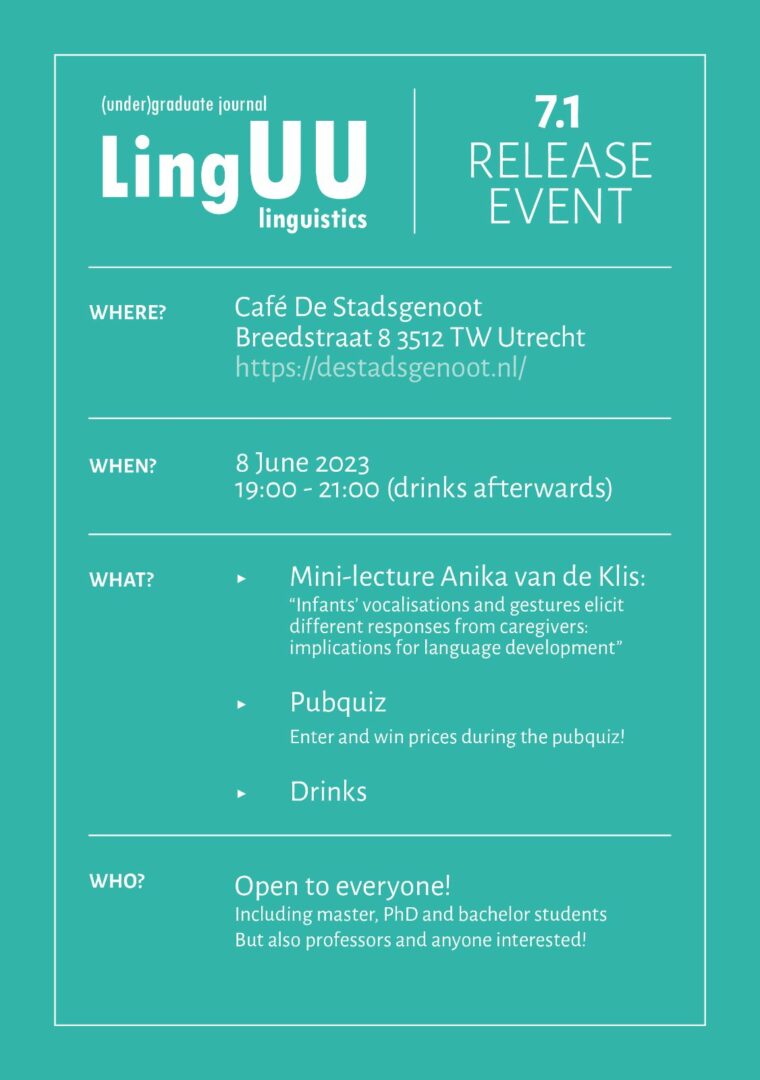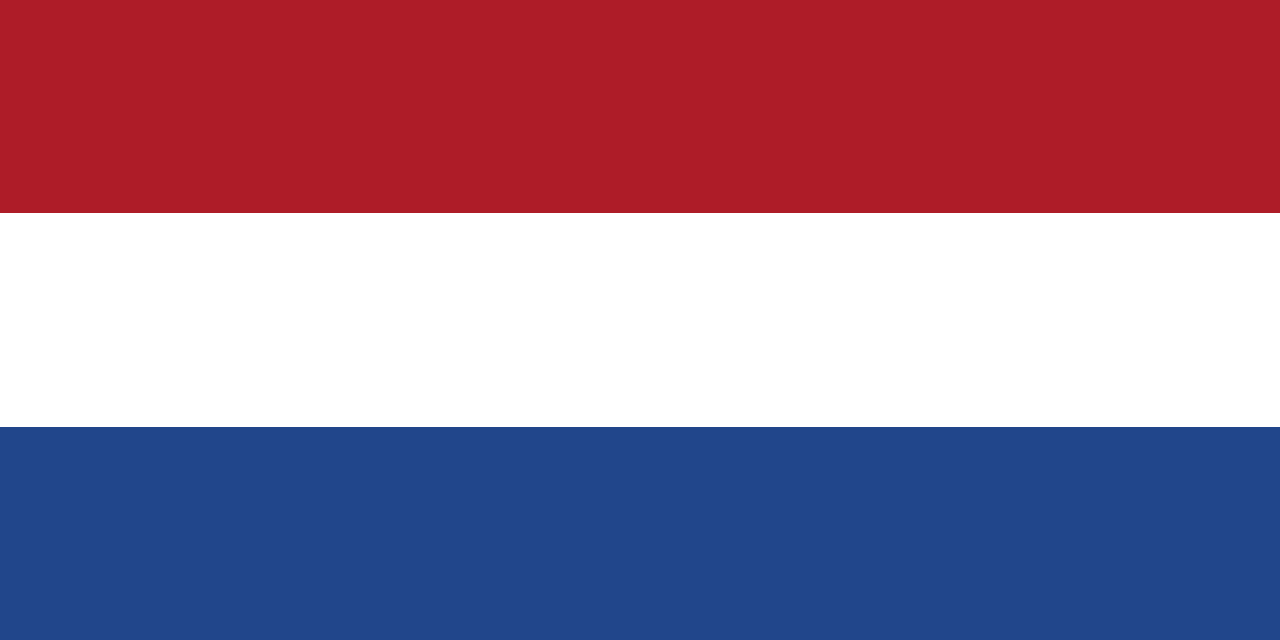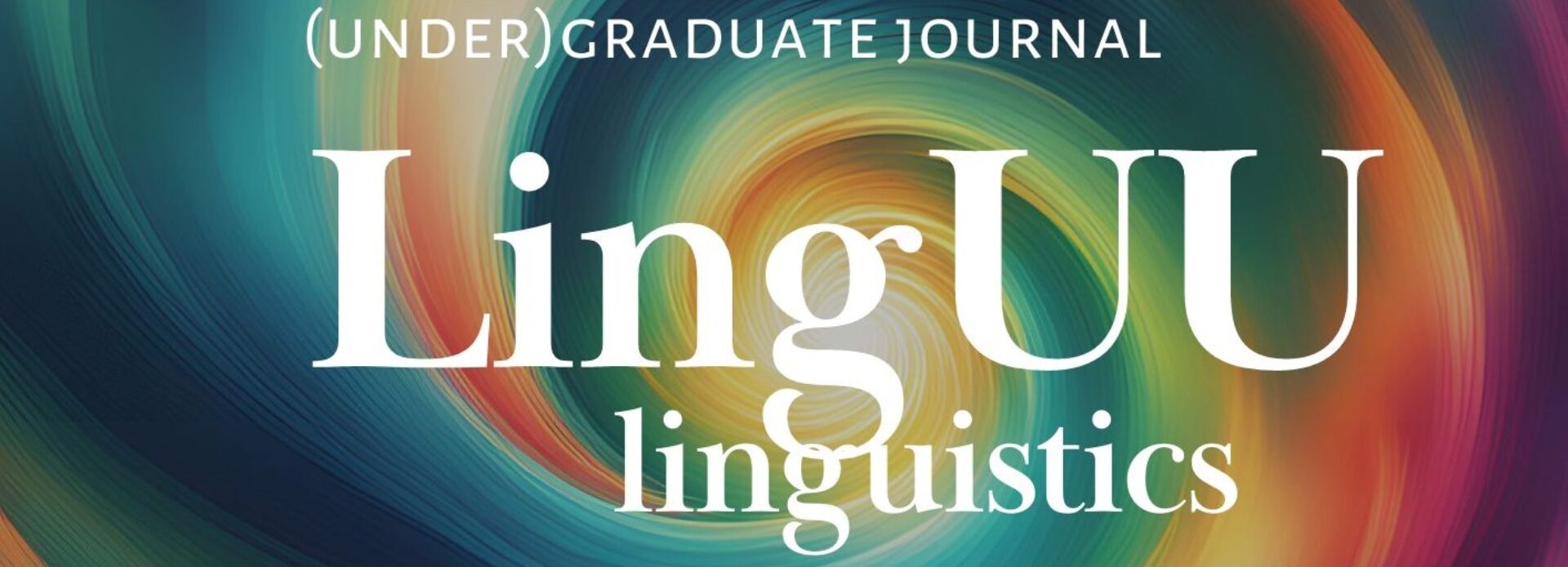
Het is bijna zover: LingUU 7.1 wordt over twee dagen op onze site gepubliceerd!
Om de launch van onze nieuwe editie te vieren organiseren we op donderdag 8 juni ons eerste offline evenement sinds 2019! LingUU nodigt alle taalwetenschap studenten en docenten uit voor een pub lecture met Anika van der Klis en een pubquiz met Louise Lalande in Café De Stadsgenoot in Utrecht. De (Engelstalige) abstract van Anika’s pub lecture vindt je hieronder.
We hope to see you there at 19.00 and join us afterwards for drinks as well.
Pub lecture: “Infants’ vocalisations and gestures elicit different responses from caregivers: implications for language development”
Abstract: Caregivers use a range of verbal and nonverbal behaviours when responding to their infants. Previous studies have focused on the role of the caregiver in providing verbal responses, while communication is inherently multimodal (involving audio and visual information) and bidirectional (exchange of information between infant and caregiver). It is not known to what extent caregivers produce nonverbal or multimodal responses, and to what extent such caregiver responses are elicited by different infant behaviours. For this study, we annotated six minutes of free play in 117 caregiver-child dyads. This resulted in a large dataset consisting of 2036 vocalisations and gestures of which 87% received a caregiver response. Most caregiver responses were verbal, but almost 40% of those were multimodal – containing an additional nonverbal cue (i.e., gesture, facial expression, or body movement). We found that infants’ bimodal behaviours (gesture-speech combinations) were more likely to receive a verbal or multimodal response compared to unimodal behaviours. While infants’ gestures elicited high nonverbal response rates, index-finger pointing elicited high verbal response rates. Infants show large variability in the frequency and types of vocalisations and gestures they produce, which in turn affect when and how their caregivers respond – thereby shaping their early learning environments.


